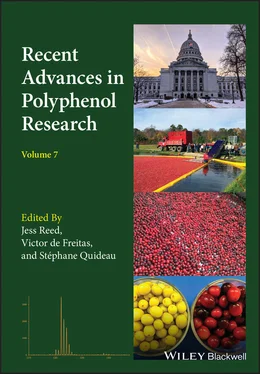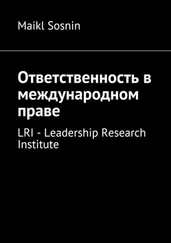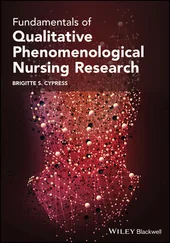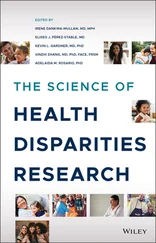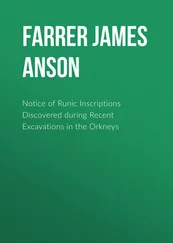Recent Advances in Polyphenol Research
Здесь есть возможность читать онлайн «Recent Advances in Polyphenol Research» — ознакомительный отрывок электронной книги совершенно бесплатно, а после прочтения отрывка купить полную версию. В некоторых случаях можно слушать аудио, скачать через торрент в формате fb2 и присутствует краткое содержание. Жанр: unrecognised, на английском языке. Описание произведения, (предисловие) а так же отзывы посетителей доступны на портале библиотеки ЛибКат.
- Название:Recent Advances in Polyphenol Research
- Автор:
- Жанр:
- Год:неизвестен
- ISBN:нет данных
- Рейтинг книги:5 / 5. Голосов: 1
-
Избранное:Добавить в избранное
- Отзывы:
-
Ваша оценка:
- 100
- 1
- 2
- 3
- 4
- 5
Recent Advances in Polyphenol Research: краткое содержание, описание и аннотация
Предлагаем к чтению аннотацию, описание, краткое содержание или предисловие (зависит от того, что написал сам автор книги «Recent Advances in Polyphenol Research»). Если вы не нашли необходимую информацию о книге — напишите в комментариях, мы постараемся отыскать её.
Recent Advances in Polyphenol Research
Recent Advances in Polyphenol Research — читать онлайн ознакомительный отрывок
Ниже представлен текст книги, разбитый по страницам. Система сохранения места последней прочитанной страницы, позволяет с удобством читать онлайн бесплатно книгу «Recent Advances in Polyphenol Research», без необходимости каждый раз заново искать на чём Вы остановились. Поставьте закладку, и сможете в любой момент перейти на страницу, на которой закончили чтение.
Интервал:
Закладка:
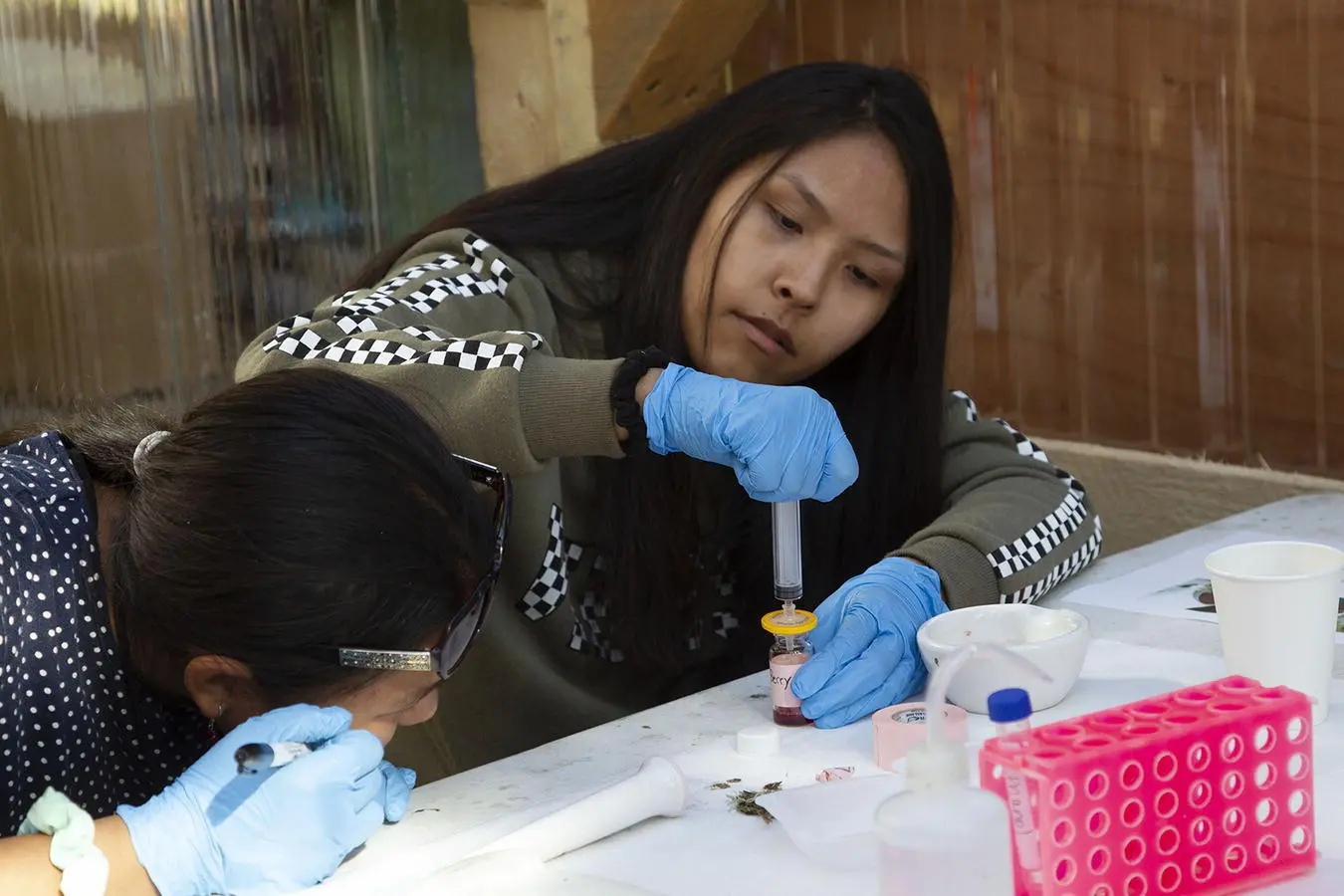
Figure 3.2 Alaska Native youth engage in a workshop featuring simple mobile biodiscovery assays during a 2019 fish camp on the Yukon River in Alaska.
Source: Mary Ann Lila.
Crude extracts from the same six Alaskan seaweeds were assayed for inhibition against five common inflammatory markers (COX2, iNOS, TNFα, IL‐10, and MCP‐1). While red and green seaweed species exhibited some activity, the brown seaweeds demonstrated significant anti‐inflammatory capacity against all five markers. Subfractionation of the brown seaweed F . distichus revealed modulation in a dose‐dependent manner by some fractions of lipid metabolism gene expression in an adipocyte model. Multiple anti‐inflammatory properties in both adipose and macrophage cells were revealed, and two natural product classes (long chain mono‐ and polyunsaturated fatty acids and phlorotannin oligomers) were linked to these biomarkers (Kellogg et al. 2015). The multifunctional activities of edible seaweeds towards inhibition of the cardiometabolic risk factors associated with metabolic syndrome were linked to high phenolic content and coincident angiotensin converting enzyme I inhibitor activity and anti‐inflammatory activities (Rico et al. 2018).
3.5.2 Isolating Phytoactive Principles from the Mediterranean Region
The mobile bioassay approach featured prominently in a joint ENPI CBCMED (European Neighbourhood and Partnership Instrument [ENPI] Cross‐border Cooperation [CBC] Mediterranean [MED] Program) grant (funded by the European Union) which linked scientists from Israel and the Palestinian Authority, along with Greece and Spain. The program conducted an efficient yet comprehensive survey of medicinal plants in the region, and identified primary leads with high potency bioactivities that held promise for development and further commercialization (Joseph et al. 2014). The mobile biodiscovery assays enabled rapid screening over a wide diversity of climate zones and habitats, and cataloguing of plant materials that were used in traditional medicine, but had not been assayed previously (Joseph et al. 2014; Ali‐Shtayeh et al. 2015). Natural areas in the wild were screened systematically over multiple territories across Palestine’s West Bank and Israel. Both in Palestine (Ali‐Shtayeh et al. 2015) and in Israel (Joseph et al. 2014), the research teams confirmed that the plants growing in the most hostile wild environments demonstrated more potent bioactive properties than plants in moderate environments. Regions with high solar radiation levels hosted plant materials with the highest recorded antioxidant levels and the most concentrated and diverse profiles of flavonoids and phenylpropanoids. Polyphenol‐rich plants were particularly identified as active against carbohydrate hydrolyzing enzymes (important in diabetes management). Commercial α‐glucosidase‐inhibiting drugs in general have been associated with gastrointestinal side effects, whereas the polyphenolic phytoactives were identified as alternatives that did not cause side reactions (Ali‐Shtayeh et al. 2015).
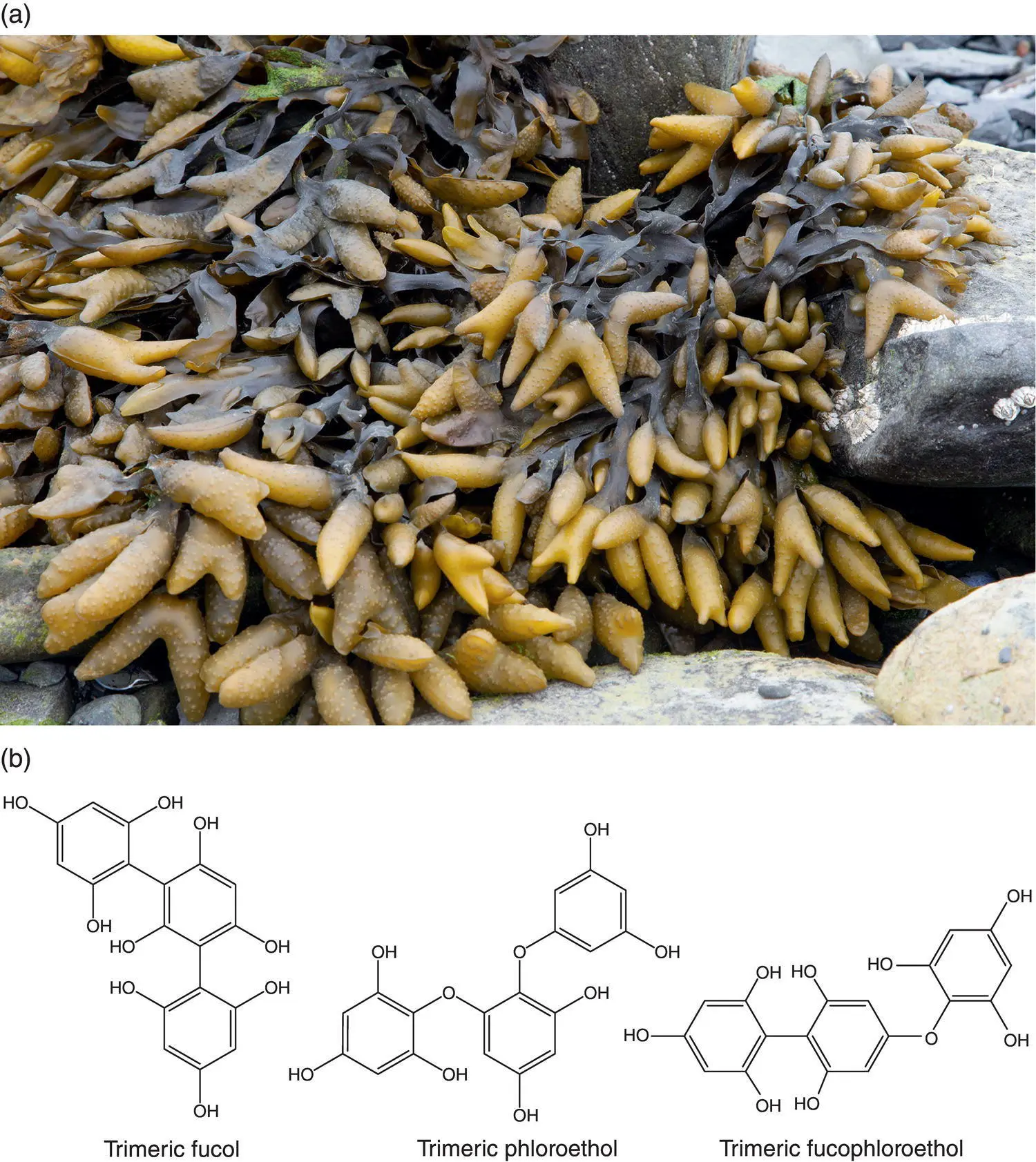
Figure 3.3 (a) Fucus distichus (bladder wrack), a traditionally used phlorotannin‐rich seaweed harvested in Whittier, AK. (b) Structural units of phlorotannins from the Alaskan brown algae F. distichus .
Source: (a) Mary Ann Lila.
3.5.3 Drug Discovery in Cooperation with Traditional Healers in Botswana
In Botswana, the population at large, both in rural areas and in towns, subscribes to a mixture of traditional medicine and Western medicine. To the chagrin of traditional healers, however, the traditional practices are slowly falling out of fashion, and are not regarded in as high esteem as Western medicine, especially among younger citizens. In an attempt to bridge this gap, a series of mobile discovery workshops was conducted in two regions of the country for traditional healers and other community members, who were invited to provide their own indigenous medicinal plants for use in the bioassay screens (Andrae‐Marobela et al. 2012). The mobile biodiscovery approach was used to establish an indigenous knowledge‐guided drug‐discovery platform. Because opportunistic infections such as tuberculosis and sexually transmitted infections are relatively high in Botswana, mobile screens were specifically tailored to include pathogenic bacterial strains with high potential to detect promising new drug candidates (Andrae‐Marobela et al. 2012). The ethnomedical approaches (workshops) were conducted in hot spots of biodiversity as well as ethnic diversity. The bioassays revealed “first hits” of bioactivity to medicinal plants that had previously never been examined using these tools, and provided a way to conserve traditional knowledge in qualitative and semiquantitative data formats. One of the most appreciated features of this approach was that the indigenous healers were true research partners given all rights to transparency and benefits, and were never undermined as informant sources only.
3.5.4 Antidiabetic Mechanisms of Wild Tundra Berries
Wild berries have traditionally been integral dietary components for Native Americans and Alaska Natives, are used ceremonially and medicinally, and remain a treasured resource today (Burns Kraft et al. 2008; Kellogg et al. 2010). In Alaska and northern Canadian territories, lands with a high proportion of indigenous people, wild berry species often are the only edible terrestrial plants endemic to the environments. Site‐specific variation in anthocyanin and proanthocyanidin levels in these wild berries, and more concentrated phytoactive constituents in the more spartan, high‐stress environments of the arctic have been documented. Initial on‐site mobile bioassays conducted with Alaska Natives identified a wealth of primary bioactivities relevant to human health, including higher antioxidant potentials (relative to commercially harvested domestic berries), more concentrated and diverse phytochemical profiles, and significant effects of climatic fluctuations on berry abundance and quality. The strong partnerships forged in workshops that put scientific inquiry in the context of traditional knowledge (Flint et al. 2011) were followed by more extensive laboratory bioassays of wild berry species.
The incredibly diverse phenolic profiles of wild tundra berries ( Figure 3.4), in particular, were found to include abundant A‐type proanthocyanidins, and were linked to the berries’ efficacy against diabetes and metabolic syndrome biomarkers, including expression of preadipocyte factor 1. Berry‐derived flavonoids and, more specifically, their gut‐derived phenolic microbial metabolites have demonstrated efficacy in modulation of serum glucose levels (Grace et al. 2009; Kellogg et al. 2010), in neuroprotective properties (Gustafson et al. 2012; Lila et al. 2014), and in wound healing and other anti‐inflammatory bioactivities (Grace et al. 2014; Nieman et al. 2018; Esposito et al. 2019; Nieman et al. 2019).

Figure 3.4 (a) Wild Vaccinium uliginosum (bog blueberry) growing on the Alaskan tundra. (b) Representative anthocyanins from Alaskan berries. (c) Proanthocyanidin A‐type structure characteristic of many Alaskan berry genotypes.
Читать дальшеИнтервал:
Закладка:
Похожие книги на «Recent Advances in Polyphenol Research»
Представляем Вашему вниманию похожие книги на «Recent Advances in Polyphenol Research» списком для выбора. Мы отобрали схожую по названию и смыслу литературу в надежде предоставить читателям больше вариантов отыскать новые, интересные, ещё непрочитанные произведения.
Обсуждение, отзывы о книге «Recent Advances in Polyphenol Research» и просто собственные мнения читателей. Оставьте ваши комментарии, напишите, что Вы думаете о произведении, его смысле или главных героях. Укажите что конкретно понравилось, а что нет, и почему Вы так считаете.
